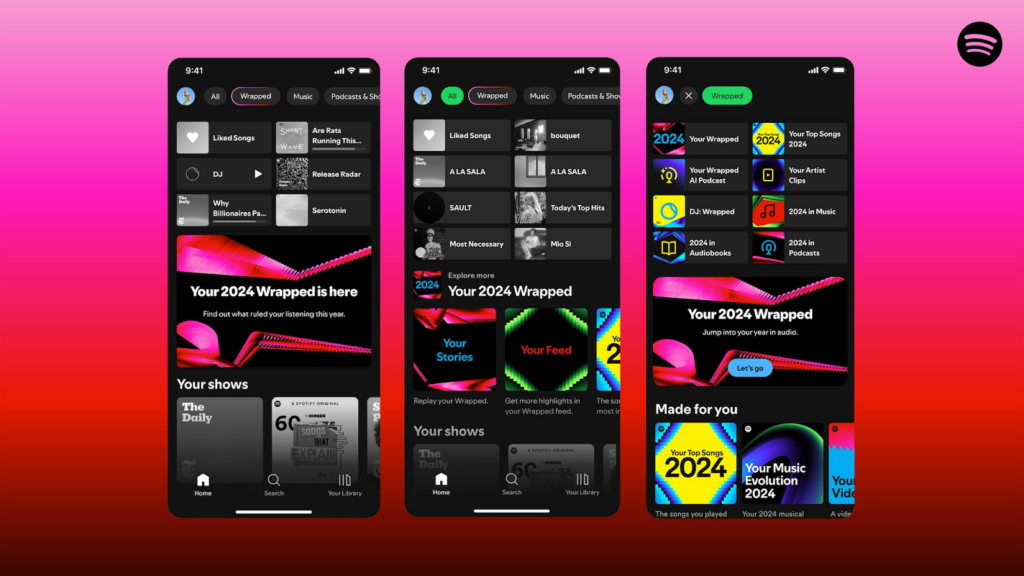Personalization has become the secret sauce that keeps users returning for more in the grand quest for creating the perfect user experience (UX). Think of it as the difference between receiving a mass-produced birthday card and one handcrafted just for you. That warm, fuzzy feeling you get? That’s what good personalization can do for digital products. But like all good things, there’s a catch: balancing the magic of customization with user privacy security. So, grab a cup of your favorite beverage, and let’s dive into the world of personalized UX.
The Magic of Personalization in UX
First off, what’s the big deal about personalization? Imagine you walk into a coffee shop and the barista knows exactly how you like your coffee—two sugars, no cream, extra hot, with a dash of cinnamon. You’d feel pretty special, right? Now, apply that idea to digital products. Personalization in UX means tailoring the experience to fit each user’s preferences, behaviors, and needs.
Why Personalization is Important
- Enhanced user engagement: When users feel like an app or website understands them, they’re more likely to stick around. It’s like having a personal assistant who is more familiar with you than you are.
- Increased satisfaction: A personalized experience is often a more satisfying one. Users don’t have to wade through irrelevant content or features. Everything feels relevant and useful.
- Higher conversion rates: Better conversion rates result from customization for businesses. When products and services are tailored to individual users, they’re more likely to hit the “buy” button.
How Personalization Works
Behind the scenes, personalization relies on data—lots and lots of data. This includes information about user behavior, preferences, location, and even social interactions. It’s like being a digital Sherlock Holmes, piecing together clues to figure out what users want before they even know they want it.
Privacy Concerns
Ah, but here’s where things get tricky. While personalization can make users feel like royalty, it can also make them feel like they’re being watched. Privacy concerns are real, and they’re growing. Users are increasingly aware (and wary) of how much of their data is being collected and used.
- Data overload: Collecting too much data can feel invasive. Users might start wondering if their apps know more about them than their best friends do.
- Security risks: More data means more responsibility. Companies need to ensure that user data is stored securely and protected from breaches. Nobody wants their personal information floating around the dark web.
- Transparency issues: Users want to know what data is being collected and how it’s being used. They can easily lose trust in businesses that lack data transparency.
Striking the Right Balance
So, how do we achieve the perfect balance between personalization and privacy? It’s difficult but not impossible. Here are some strategies to help you get it right:
1. Be transparent
Transparency is key. Users should know what data is being collected, why it’s being collected, and how it will be used. It’s like being in a relationship—honesty goes a long way.
- Clear privacy policies: Ensure that your privacy statement is simple to read and understand. It should be straightforward and honest information.
- Consent management: Allow users to opt in or out of data collection, giving them control over their data to build trust.
2. Give users control
Empower users by giving them control over their personalization settings. It’s similar to letting them select their journey.
- Customization options: Let users customize their experience by setting preferences. For example, Netflix lets users create profiles with individual viewing preferences.
- Data management tools: Provide tools that allow users to view, edit, or delete their data. This transparency and control can help alleviate privacy concerns.
3. Collect only what you need
Data minimization is your friend. Only gather the information required to deliver an excellent customer experience.
- Purposeful data collection: Ask yourself, “Do we need this data to enhance the user experience?” If the answer is no, don’t collect it.
- Anonymize data: Where possible, anonymize data to protect user identities. This way, you can still gain insights without compromising privacy.
4. Keep the data secure
Data security is essential; it’s not simply a buzzword. Users need to know that their data is safe with you.
- Robust security measures: Implement strong security protocols to protect user data such as encryption, secure servers, and regular security audits.
- Prompt response to breaches: If a data breach does occur, be transparent and responsive. Notify users promptly and take steps to mitigate the damage.
5. Foster a culture of privacy
Creating a privacy-centric culture within your organization can help ensure that user data is always handled with care.
- Training and awareness: Educate your team about the importance of data privacy and security. Make it part of your company’s DNA.
- Privacy by design: Incorporate privacy considerations into the design process from the get-go. This proactive approach can prevent many privacy issues before they arise.
The Happy Medium: A Case Study
Let’s look at Spotify, a master of personalization that also respects user privacy. Spotify uses data to create personalized playlists, recommend new songs, and even generate end-of-year summaries that users love to share. However, they also guarantee strong security measures, give customers control over their data, and have transparent privacy rules. By balancing personalization with privacy, Spotify keeps users happy and engaged.

Spotify Wrapped – Source: Spotify Media Kit

Summary Share Card – Source: Spotify Media Kit
Conclusion
Personalization in UX is like adding a personal touch to a user’s digital journey. It can transform ordinary experiences into extraordinary ones. However, it’s crucial to balance this customization with a strong commitment to privacy. By being transparent, giving users control, collecting only what you need, keeping data secure, and fostering a privacy-centric culture, you can create personalized experiences that users love and trust.
So, next time you’re designing a personalized UX, remember to walk that tightrope with care. And maybe, just maybe, you’ll create something that makes users feel like they’ve just walked into their favorite coffee shop, where the barista knows exactly how they like their coffee. Extra hot, with a dash of cinnamon, just the way they like it.



















